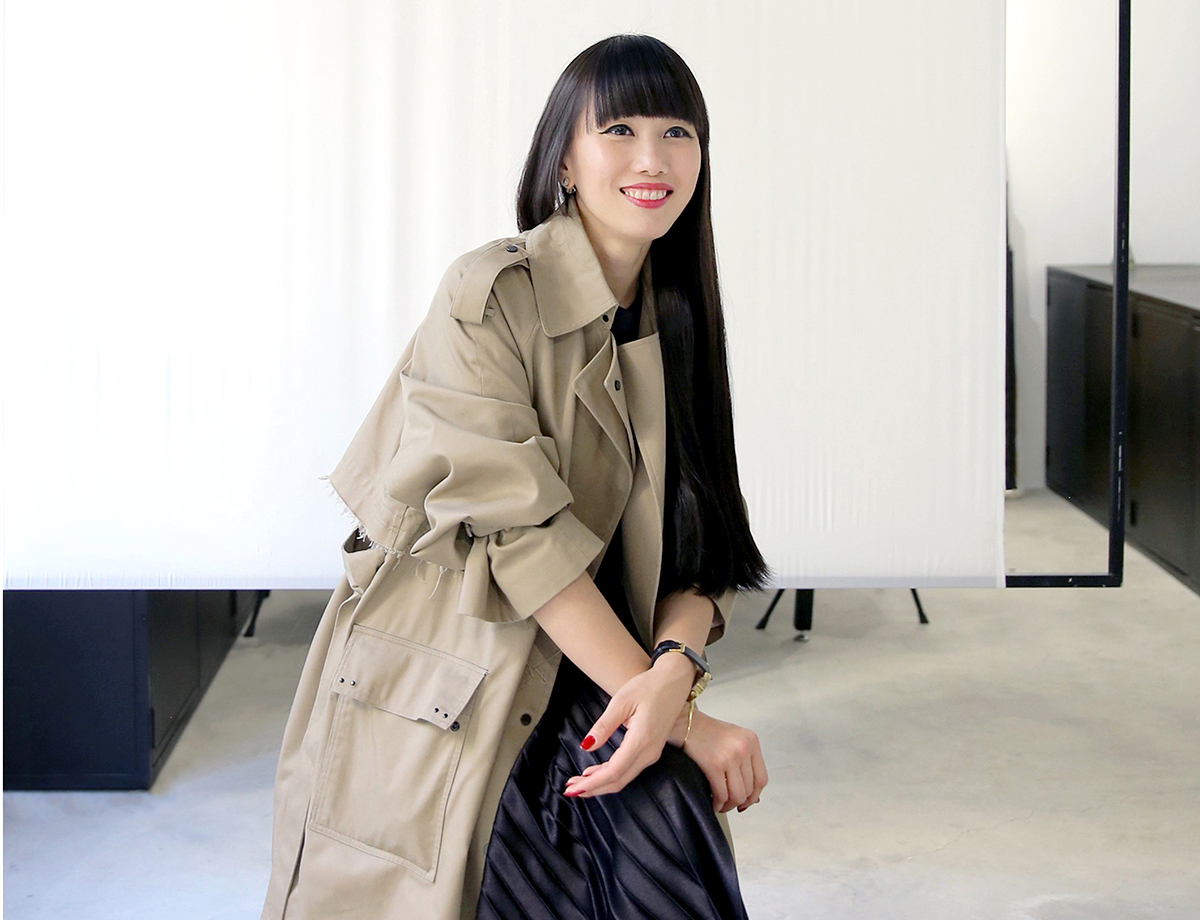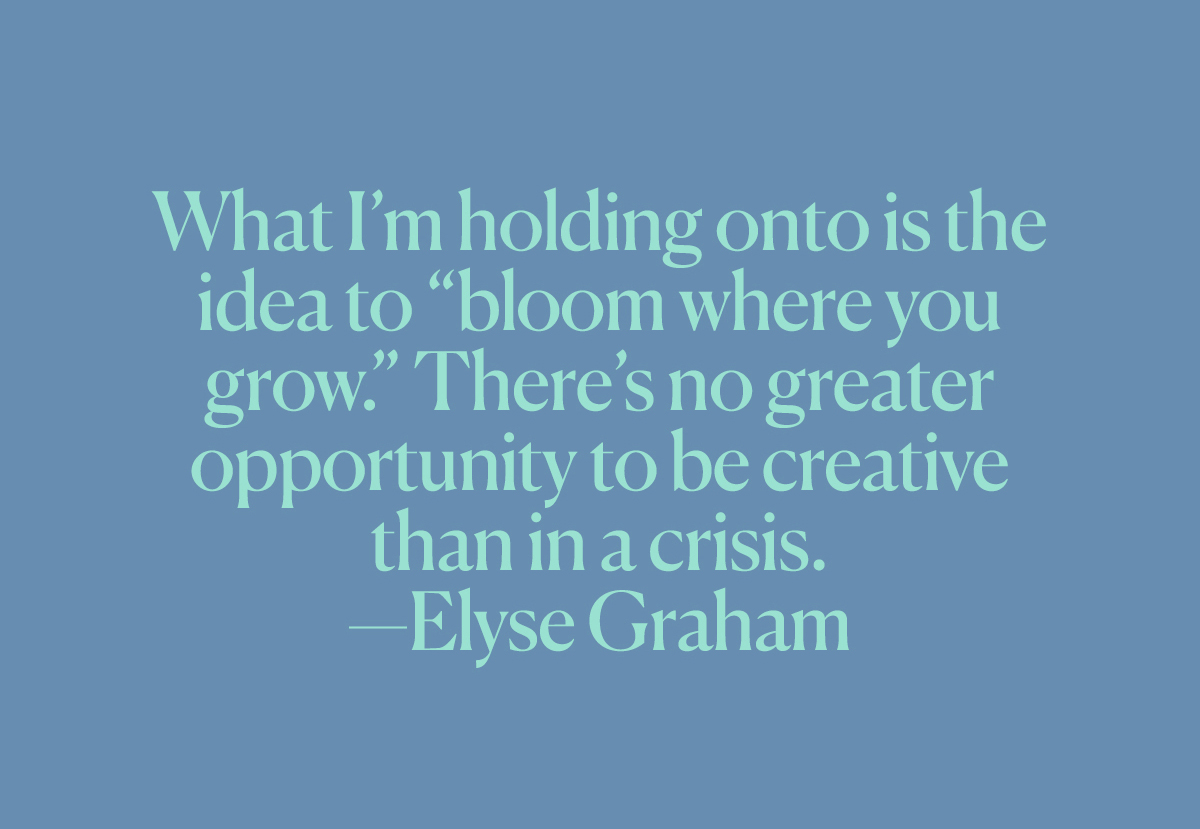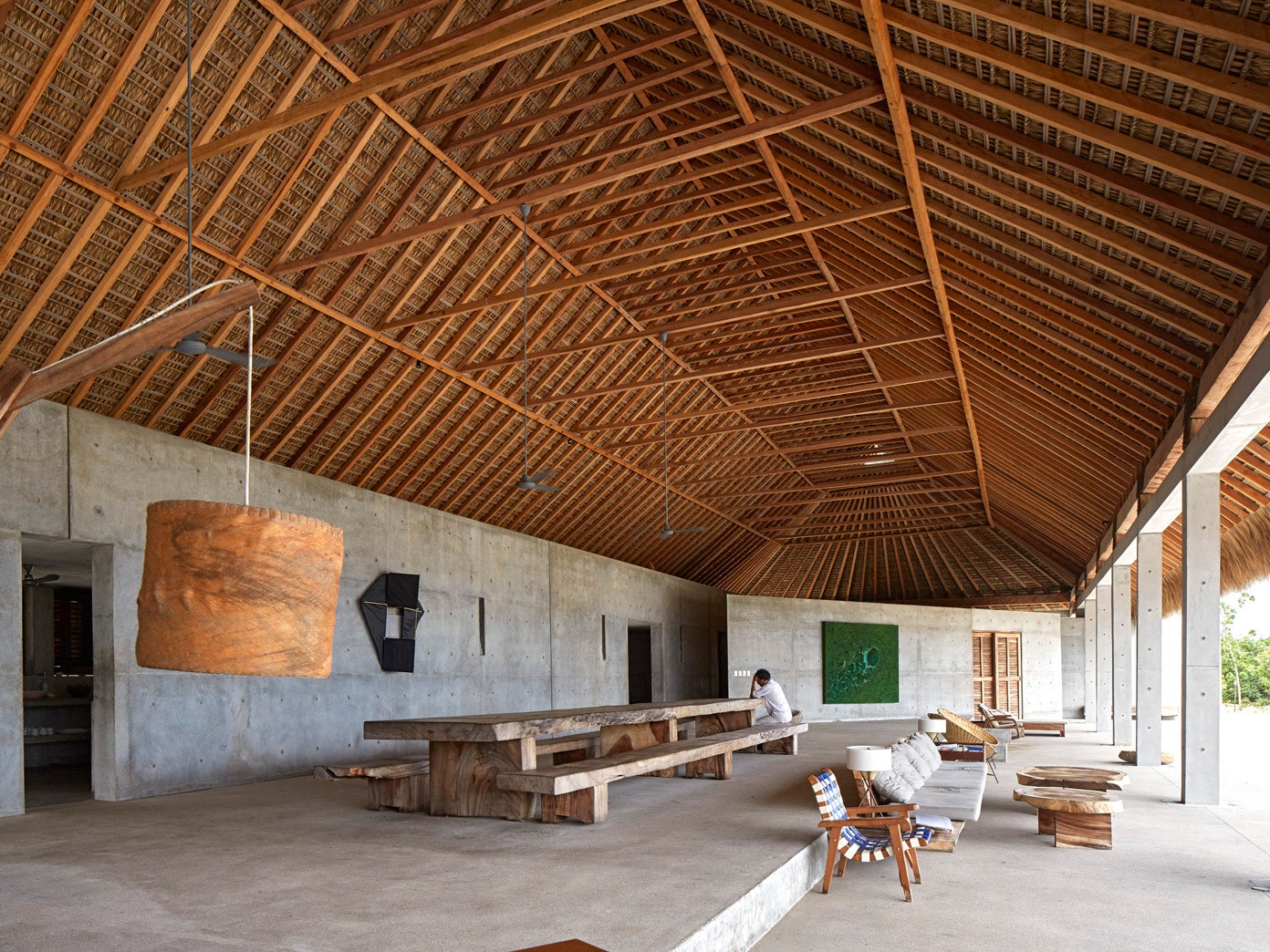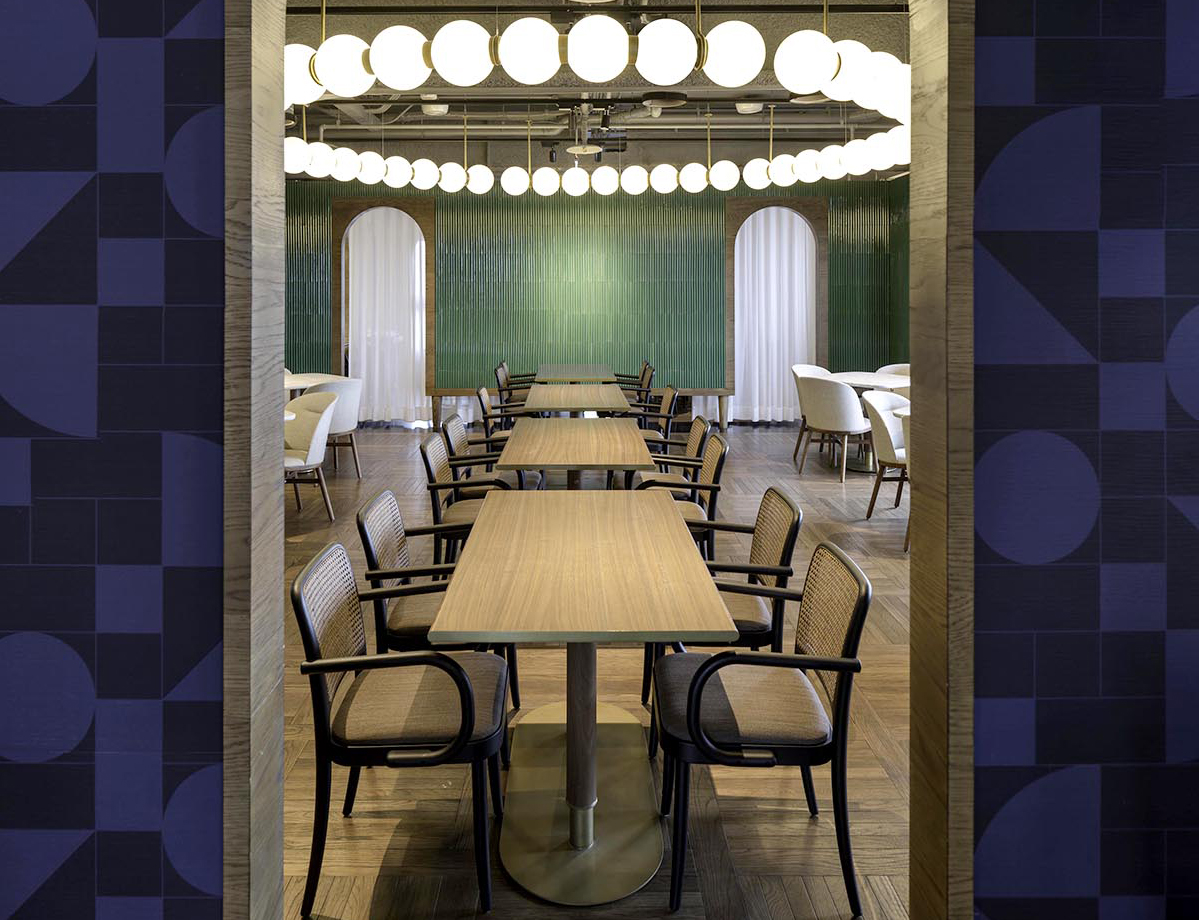
09.28.20
Q+A
China’s Most Influential Design Duo on the Country’s Future As a Cultural Powerhouse
To understand the contemporary design scene in China, learning about Neri&Hu’s work is a prerequisite. The country has experienced phenomenal social and architectural growth over the last two decades, and the pair have been a key part of the powerful creative driving force behind it, contributing numerous landmark designs inside and outside the country.
Lyndon Neri, a second-generation Chinese Filipino, and Taiwan-born Rossana Hu both moved to the U.S. in their early teens, and they met at the University of California at Berkeley in the late 1980s before each pursuing a career in architecture. In 2004, they co-founded the interdisciplinary practice Neri & Hu Design and Research Office in Shanghai. The location was a strategic decision: With Shanghai considered a new global frontier, the two could become an intrinsic part of its economic rise, and could leverage the city’s famed cultural and historic reputation as a springboard for their creative explorations. The studio today comprises a multi-cultural, multi-lingual workforce whose diversity reinforces a core vision of the practice: to respond to a global worldview with a new paradigm in architecture, radiating from within China.
I spoke with them about their current projects, and China’s place in the modern world.
PHOTOS BY PEDRO PEGENAUTE AND DERRYCK MENERE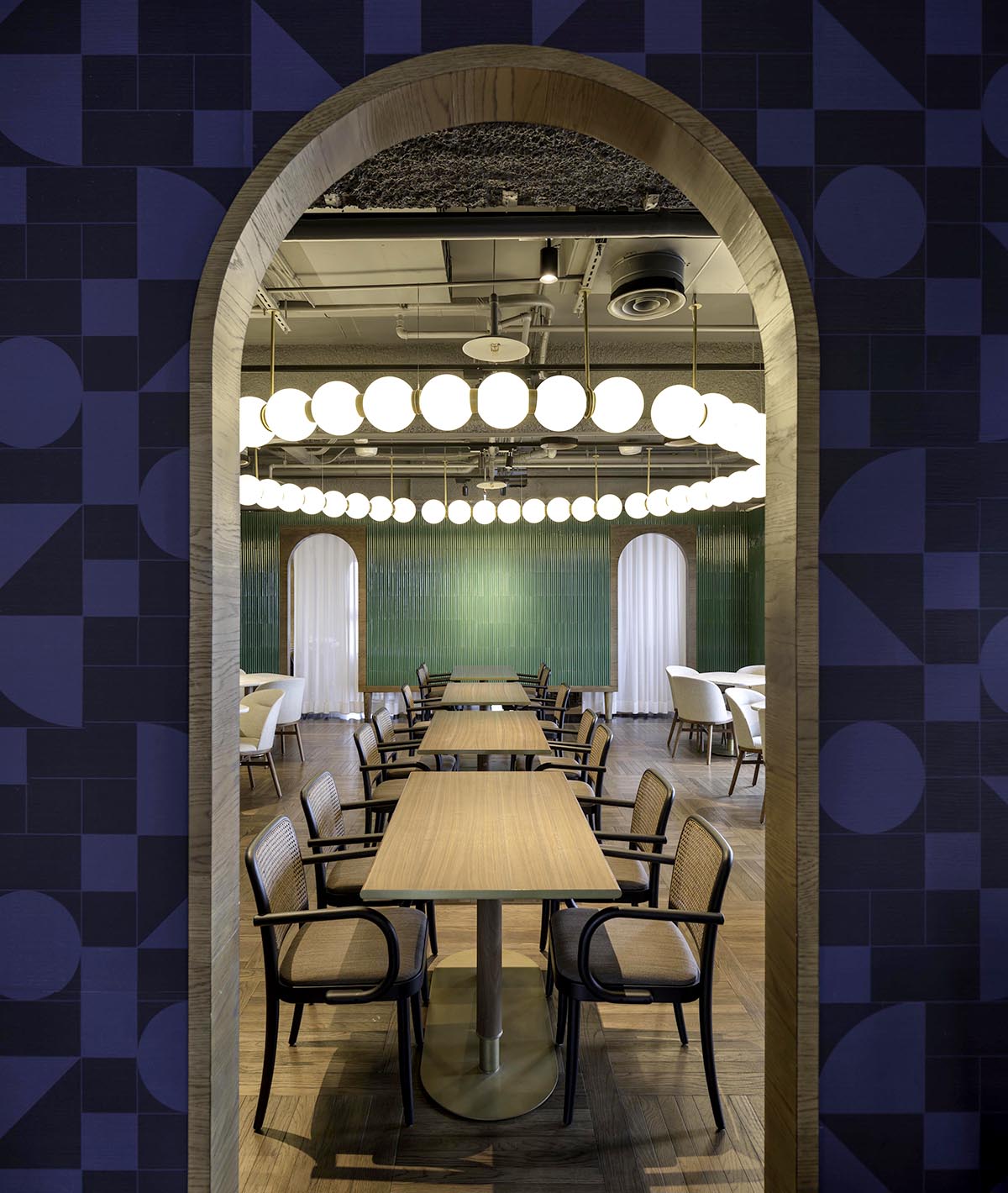
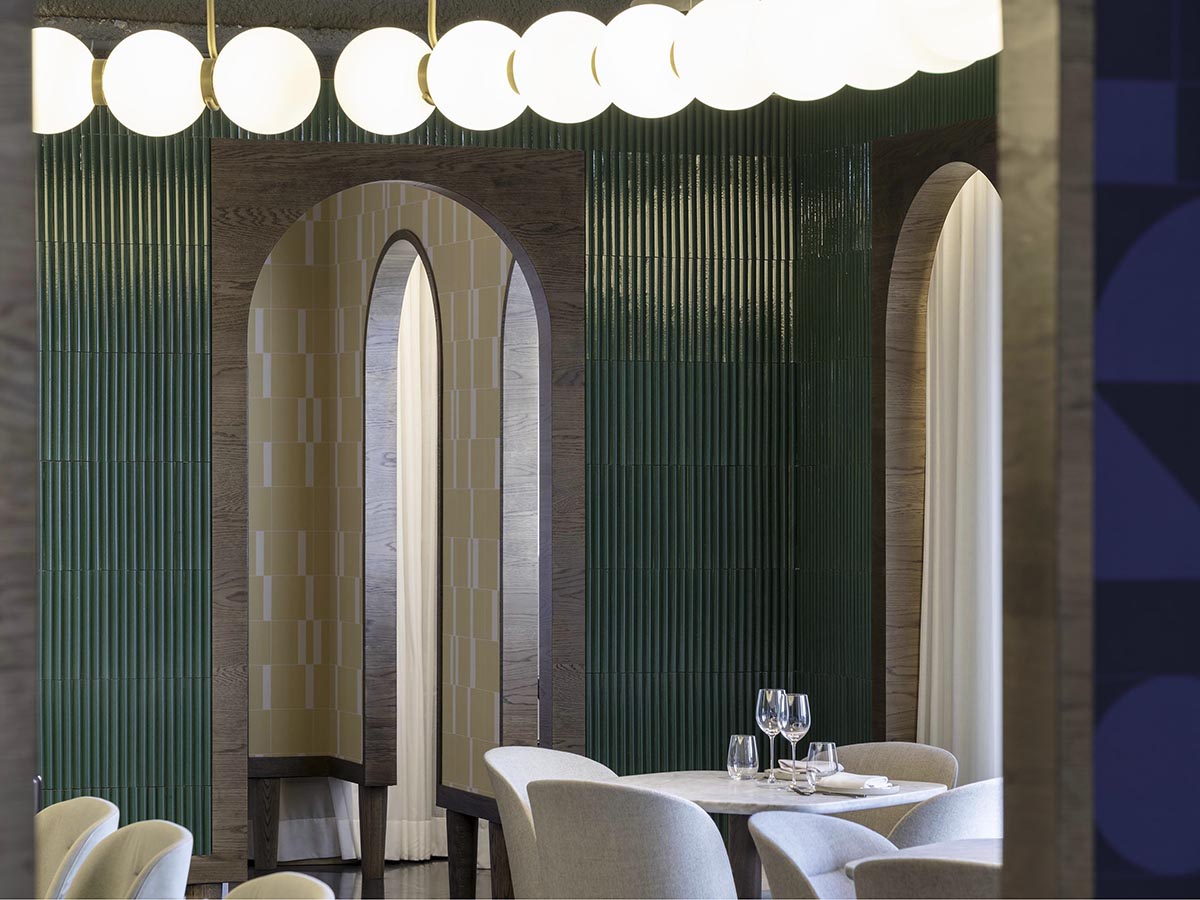 Kimpton Da An hotel by Neri&Hu
Kimpton Da An hotel by Neri&Hu
How are things going for you both during the pandemic? All your plans and travels are rescheduled, I suppose? How is this working for you?
NERI: We’ve just stayed in Shanghai the whole time. We used to travel like mad, but we have a perfect excuse not to now. No more jet leg. We get to concentrate more and work more, and the studio is actually very busy. China is really edging back to normal. We get to travel within China under very strict regulations — the personal health code for example, which is kind of troublesome — but I’d rather be ma fan (troubled) than be sick.
Let’s start with the projects you’re busy with at the moment.
NERI: We won a competition about two and a half years ago to do the first whisky distillery in China for Pernod Ricard, and the first phase is going to open in June of next year. That’s really interesting for us because it’s architecture, interior, and furniture, and we’re also doing the product design and some of the branding components, too. A lot of our larger projects in China are also moving forward. Our work used to represent a smaller architectural percentage, but now it’s 70% of the studio’s capacity, and that’s been happening gradually over the last five or six years. That doesn’t mean we’re not doing interiors. We’re starting on a number of projects, for example the Andaz hotel in Shanghai’s Xujiahui district, and the Rosewood in Hangzhou.
HU: We’re also working on a freestanding store for a family heritage Chinese medicine brand in Macau. The project is coming from the aspect that the consumer never really understands what’s behind Chinese medicine, and we’re trying to make it more consumer-friendly and stylish. Updating that knowledge from a design perspective is very interesting for us. And then there are all the other smaller but meaningful cultural projects that we’re exploring, from small museums to cultural centers in the rural areas.
I can see the studio is back to full speed already! Going back to the distillery project that’s under construction right now, can you briefly talk about the architectural concept?
HU: The distillery is situated in the beautiful landscape of Emeishan [ed: a city in China’s Sichuan province]. During the competition, we dealt with the duality of the themes in the project’s concept, which is expressed in sets of two words that are seemingly contradictory, but form something coherent. For example, shan shui literally means ‘mountain-water’; a mountain and water are opposites, but they translate as ‘landscape’ [ed: which also refers to a painting style as well as a vehicle for Chinese philosophy]. Again, with the word shi mo, which literally means ‘beginning-end,’ the two words are contradictory but also represent linearity in time and mean ‘history.’ These words formulate the core ideas of the project, and from each we came up with different details and smaller concepts that helped us to derive the architectural and landscape language.
NERI: With that in mind, we’ve tried to interpret the architectural spaces. The distillery has very practical, functional requirements; it’s a big factory, but at the same time it’s an experience center too. So it’s not only about making, but about tasting and experiencing. That in itself is also a contradiction, and yet it needs to come together. The factory, for instance, has an eight–meter-high volume that’s set back, so when you first come in it looks like a single floor, yet as you move forward, you realize that the whole structure has been embedded into the landscape.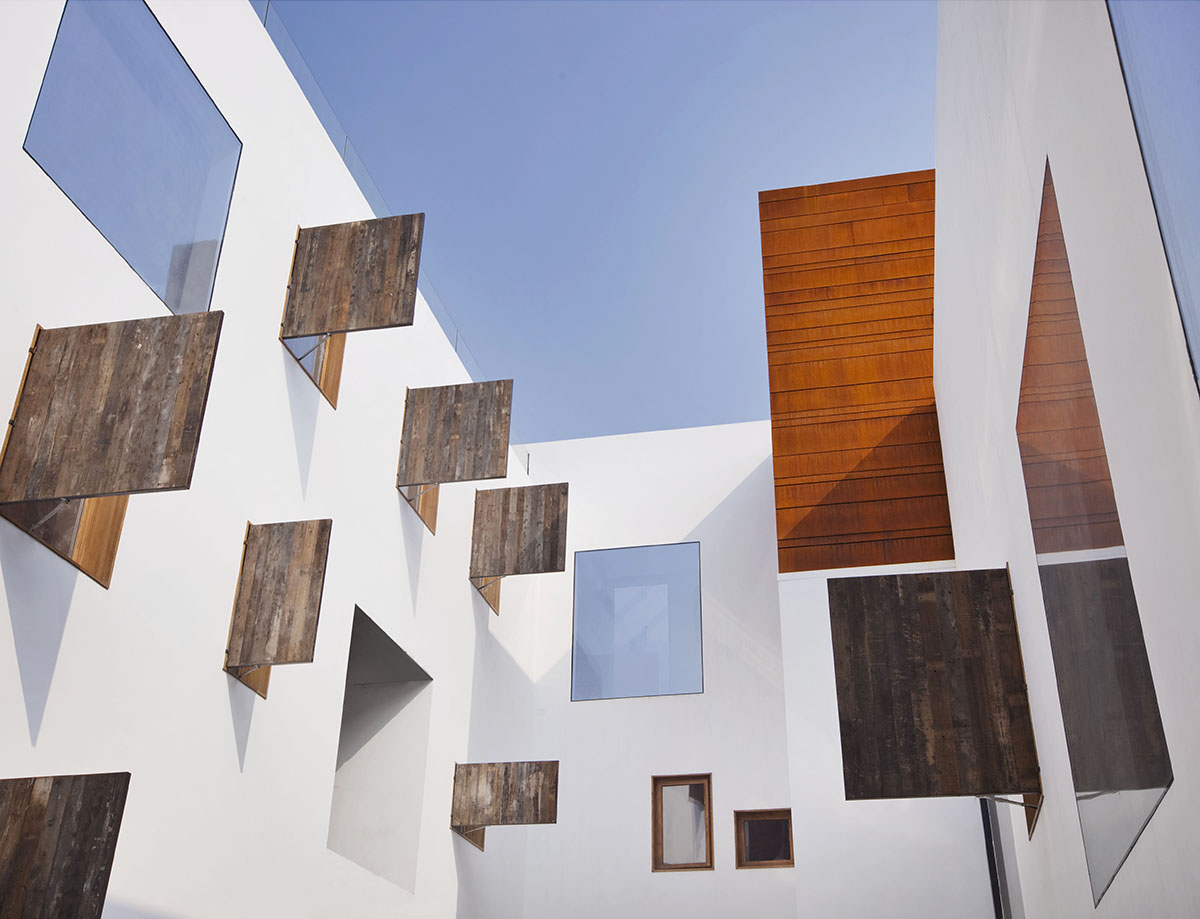
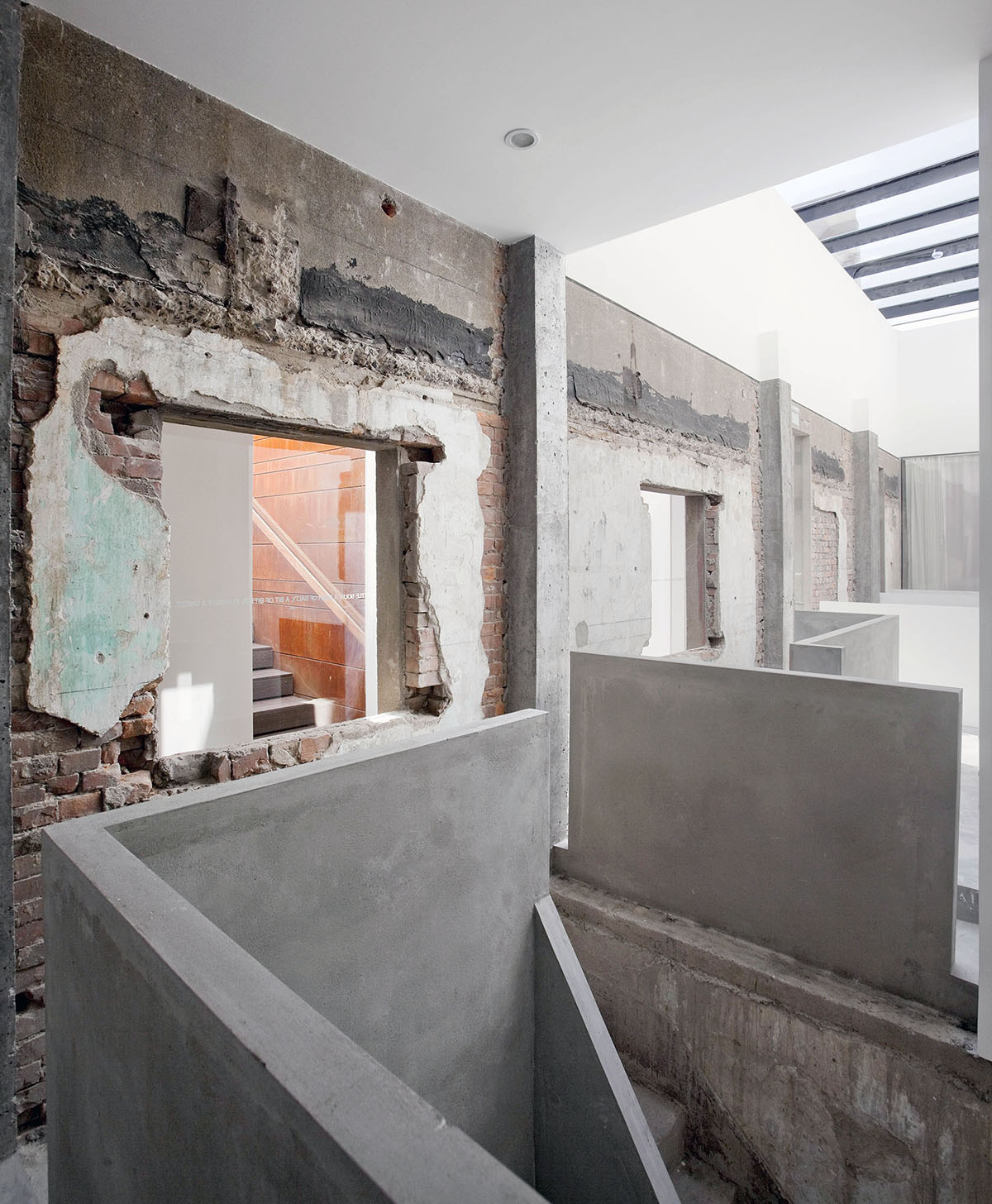
Your first architectural project in China was The Waterhouse hotel at South Bund in Shanghai (above and at top), which you designed 12 years ago. It’s a landmark of contemporary Chinese architecture — you saved the 1930s three-story Japanese Army headquarters building from demolition and turned it into a boutique hotel by heedful restoration and intervention, when architectural preservation was almost taboo at the time. Do you think the architectural and creative environment has changed in the past decade? How do you feel about the changes, and how does it affect your work?
NERI: The Waterhouse is closed right now. There might be a chance it will be demolished, but a number of people are interested in buying it, so we don’t know yet what the outcome will be. We were trying to make a statement 12 years ago that instead of demolishing and building something new, we wanted to make something that would stand the test of time. But I also understand that no matter how hard we might have tried to preserve it, it’s not up to us. It has its own fate.
A lot has changed since then. Li Xiangning, Assistant Dean at the Tongji University College of Architecture and Urban Planning, gave a powerful lecture recently. He said that about 15 years ago, the only ‘modern’ forms in China were high-rise buildings. And when people talked about ‘Chineseness,’ they meant traditional and classical. There was no such thing as a modern interpretation or a new Chinese language. And he said two things that were really important in the development of contemporary Chinese architecture set the tone. First, Wang Shu winning the Pritzker and Zhang Ke winning the Aga Khan Award for Architecture — in many ways that gave Chinese architects and people who are practicing here the confidence to believe that perhaps a new wave could be formed. And second, that the West thinks that maybe there’s a new generation of forces coming from the East now.
We were fortunate to be within that time period when the working architects were allowed to do a certain abstraction within the realm of Chinese architecture in this region. If we had come here 20 years ago, no one would be interested in what we’re doing. Look at Pudong: Even though the country opened up in 1980, it didn’t really get built until, like, 1990-92 — only 28 years ago. It took only 28 years to create a whole new identity. I find this to be the most exhilarating time. I’m curious to discover what’s going to happen in the next decade.
HU: There’s an article by Zhou Rong, Associate Professor at the Tsinghua University School of Architecture, that talked about a few interesting trends and phenomena in China. He asked a big question: Will the next most popular cities in the world be in China? So far, it’s been large cities like Tokyo, New York, and London, and China is always seen as not the desirable place. Everyone’s probably looking more at the hardware — the buildings, the roads, the parking lots — and there’s a lot of criticism about the kind of culture found in our cities. Like, are they really world-class? Is it civic-minded and does it have a social consciousness? This ‘software’ is not really quite here yet. But Shanghai is definitely on its way to being a world-class city.
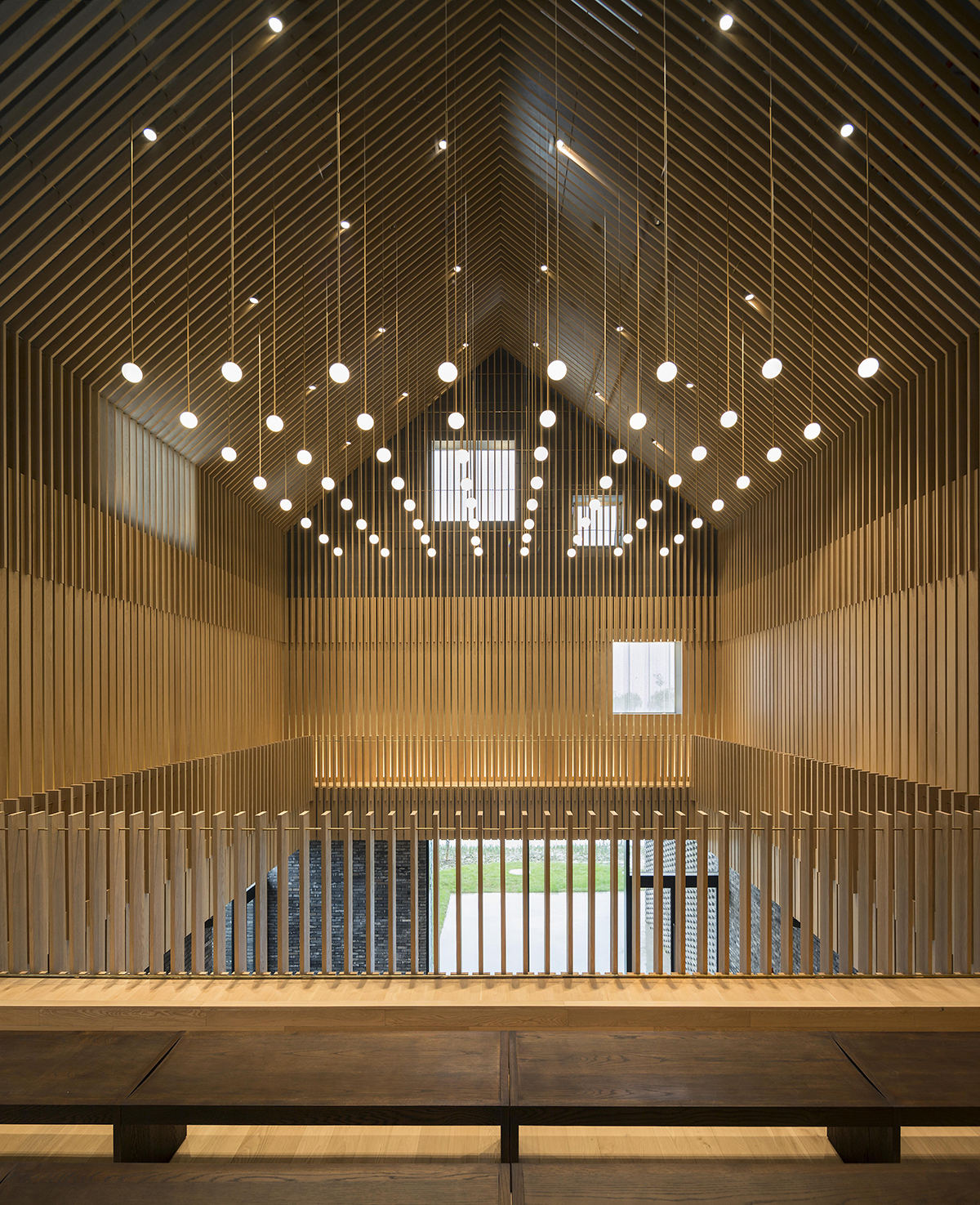
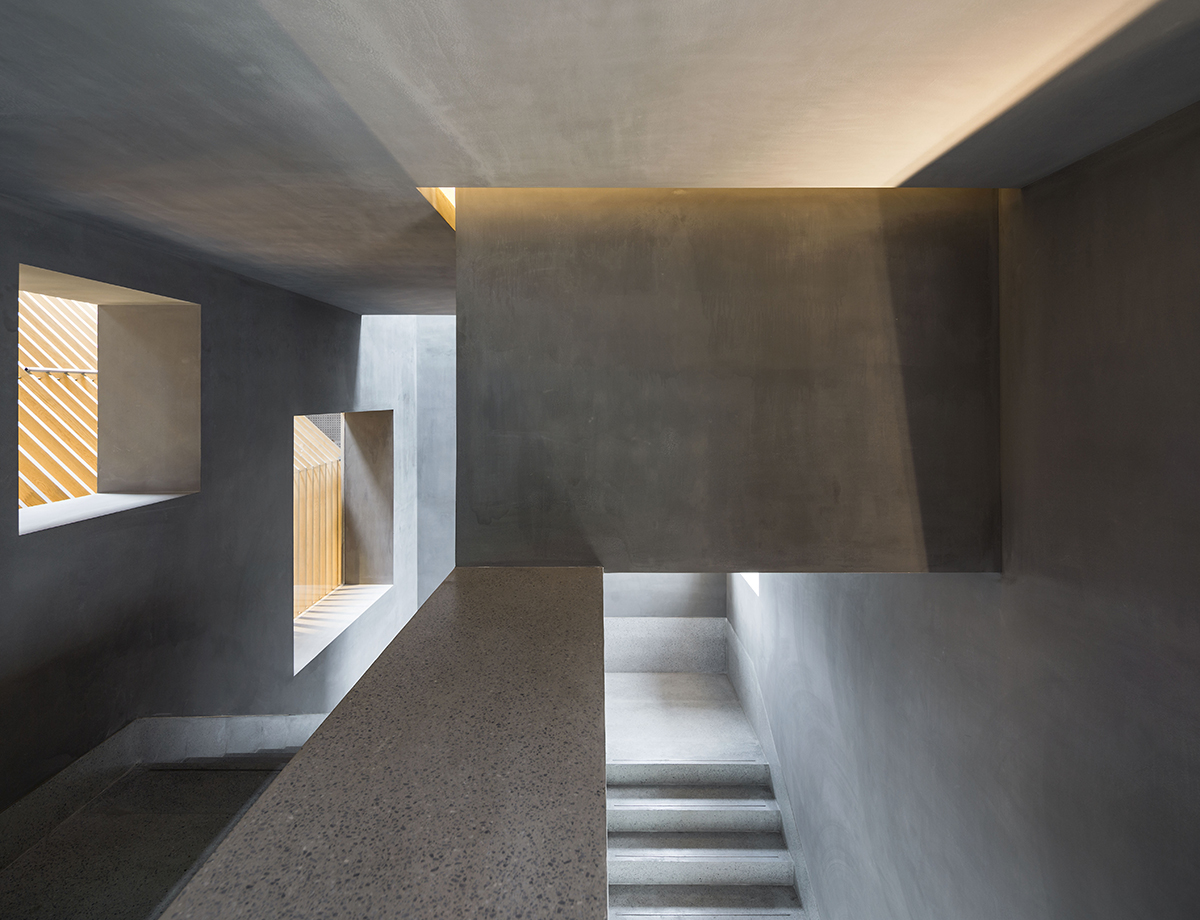 Suzhou Chapel
Suzhou Chapel
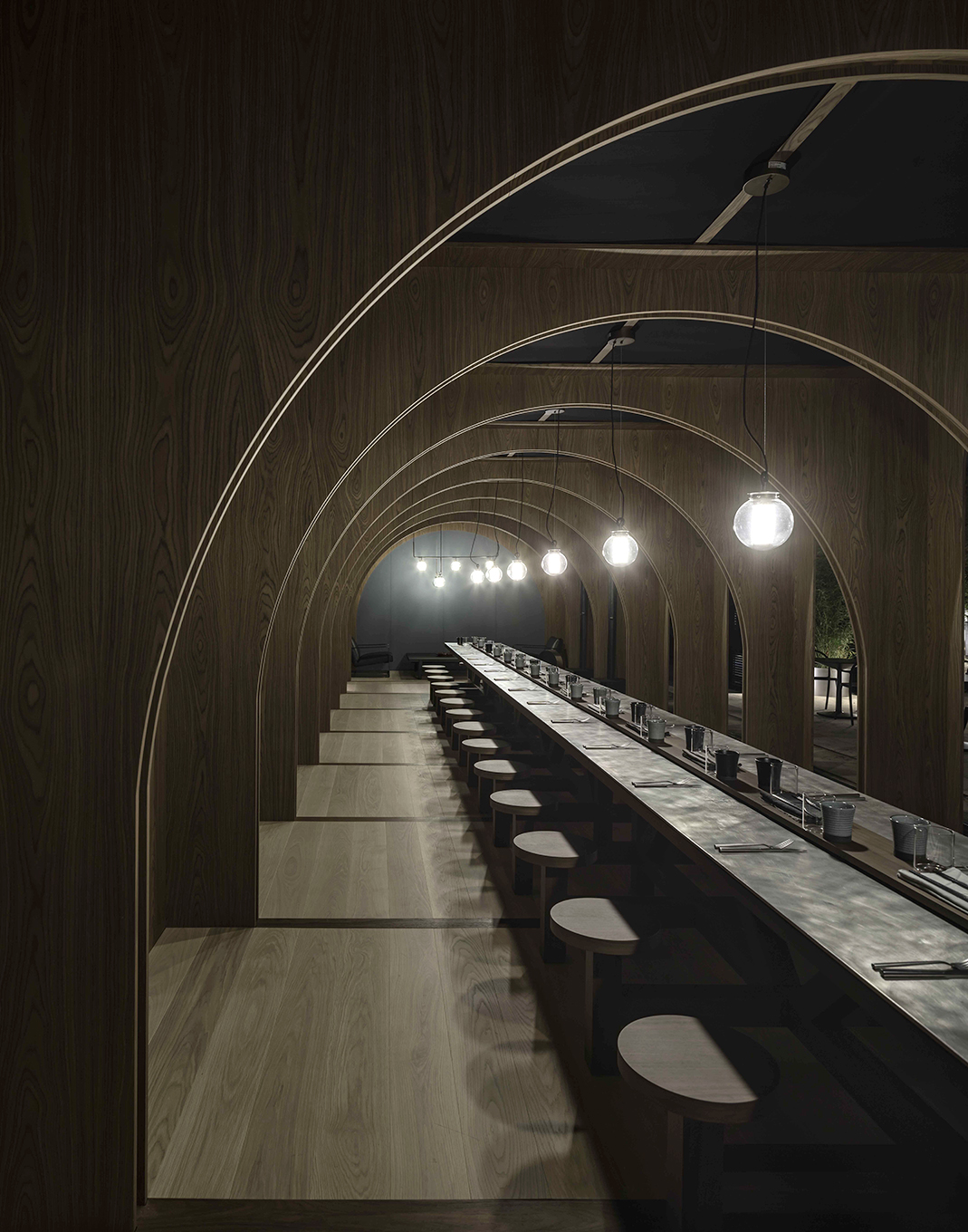 Invisible Room
Invisible Room
There are so many opportunities in China now. What do you want to do in the next 5 or 10 years?
NERI: Education. We were very fortunate to be given this platform, and we’re very interested in the younger generation and how we can impart some of the things we’ve learned. We had no intention to do interiors, nor did we have any intention to do product design. But at the time when we started, there were really no jobs for us. What we became was by chance, not intention, and by virtue of the place we were in. We had no choice but to be multi-disciplinary. But we also realize that with this wealth of experience we’ve gained over the last 15 years, we have a responsibility.
And that’s why in the last two years we’ve started teaching at the Harvard Graduate School of Design and at the Yale School of Architecture, and also at the University of Hong Kong Graduate School of Architecture. There, we teach some of the brightest minds from China. For Rossana and me, it’s not so much about getting more projects. Last year we had over 450 project requests and we took 15 of them. A lot of projects we either pass to our ex-colleagues or to some of our friends. But then we thought, what would be better is to actually start helping other people. We’re trying to set up an academy here — not so formal, but more of a lecture series so we can help people here. This is important to us.
You two are already doing that. There are loads of good and up-and-coming younger designers and architects who ‘graduated’ from your studio.
NERI: To a certain extent, yes. It’s kind of funny because now we call it the ‘third wave.’ The first wave was Luk Studio, Linehouse; the second wave was Atelier Tao+C, Gray Studio; and now there’s a third one, with Atelier XY, Offhand Practice, ZJJZ, and Studio Mor, just to name a few. It’s quite comforting to know that, but at the same time, this responsibility is very large, and we have to take it seriously.
Without Salone del Mobile in Milan this year, many brands launched their new work online. What are your new launches this year, and what is it like launching physical objects in the digital space?
NERI: We did a launch for Cassina, and we finished something for When Object Works, which they’re going to launch in September. We’ve designed something for Magis, which I can’t tell you about yet, and for Stellar Works and De La Espada, too. We’ve also done a beautiful tile collection called Screen for Mosaico+ and are currently working on a number of new assignments — for a Japanese brand called Ariake, and with Calico Wallpaper on a limited line.
HU: Brands are launching one item a month, or one collection a month. This is not what the furniture market is used to. The design world seems to still be trying to figure out the best way to showcase new work. In China, luckily, we had our first design fair last week [Furniture China 2020]. Kind of juxtaposing traditional furniture exhibitions with what’s happening online. I find it very difficult for brands to launch things online because you just don’t get the same kind of traction, even though people still want to see the products. it also depends on how much longer COVID will last, because people started talking about whether Milan is happening next year. I have no idea.
NERI: I actually prefer it. Milan should only happen once every few years; we all need time to rest. Many furniture fairs have just become a big party. In order to build the booth to showcase the products for a few days, people spend hundreds and hundreds of thousands and then demolish it. It’s exciting and experimental to design exhibitions, but I don’t think it’s at all sustainable. It’s hard for a lot of people, but actually it’s a positive change.![]()
![]() Neri&Hu for Classicon
Neri&Hu for Classicon
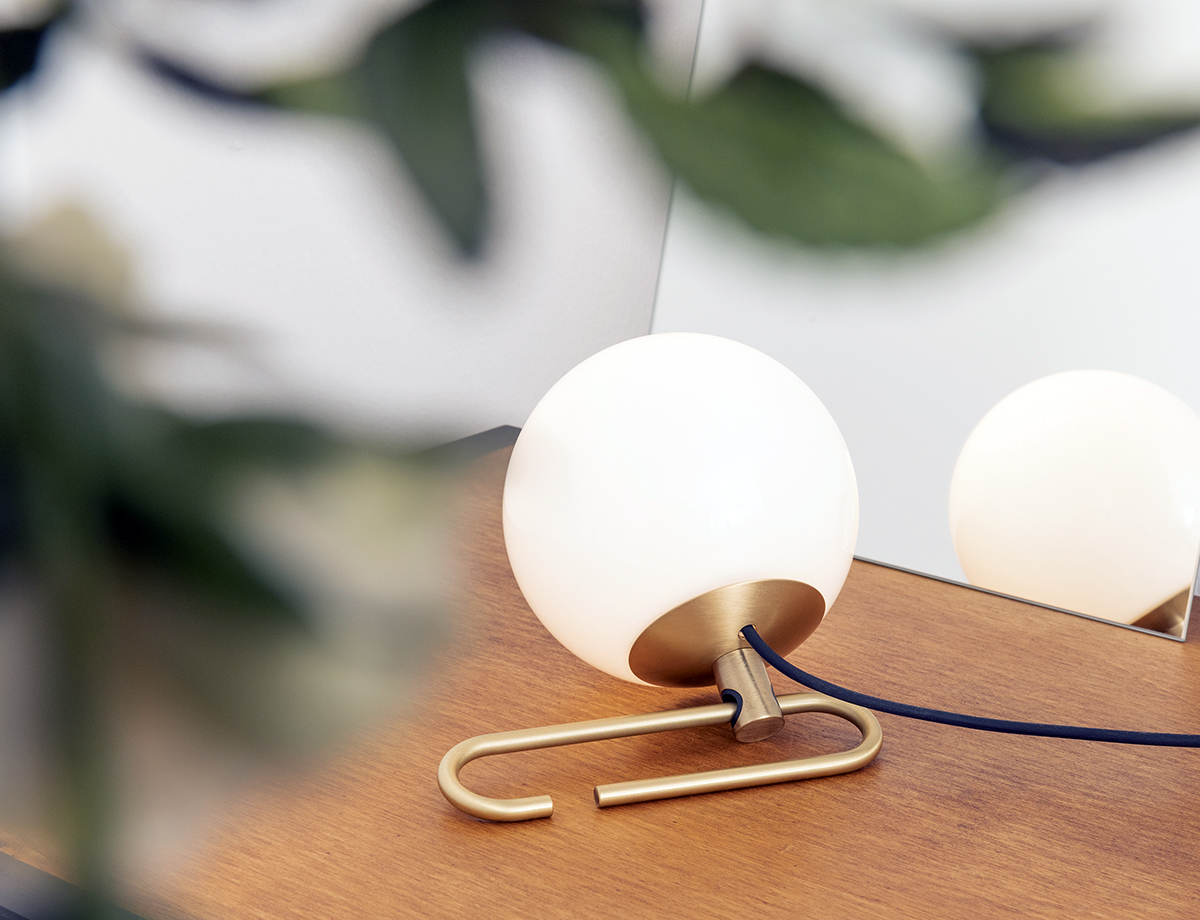
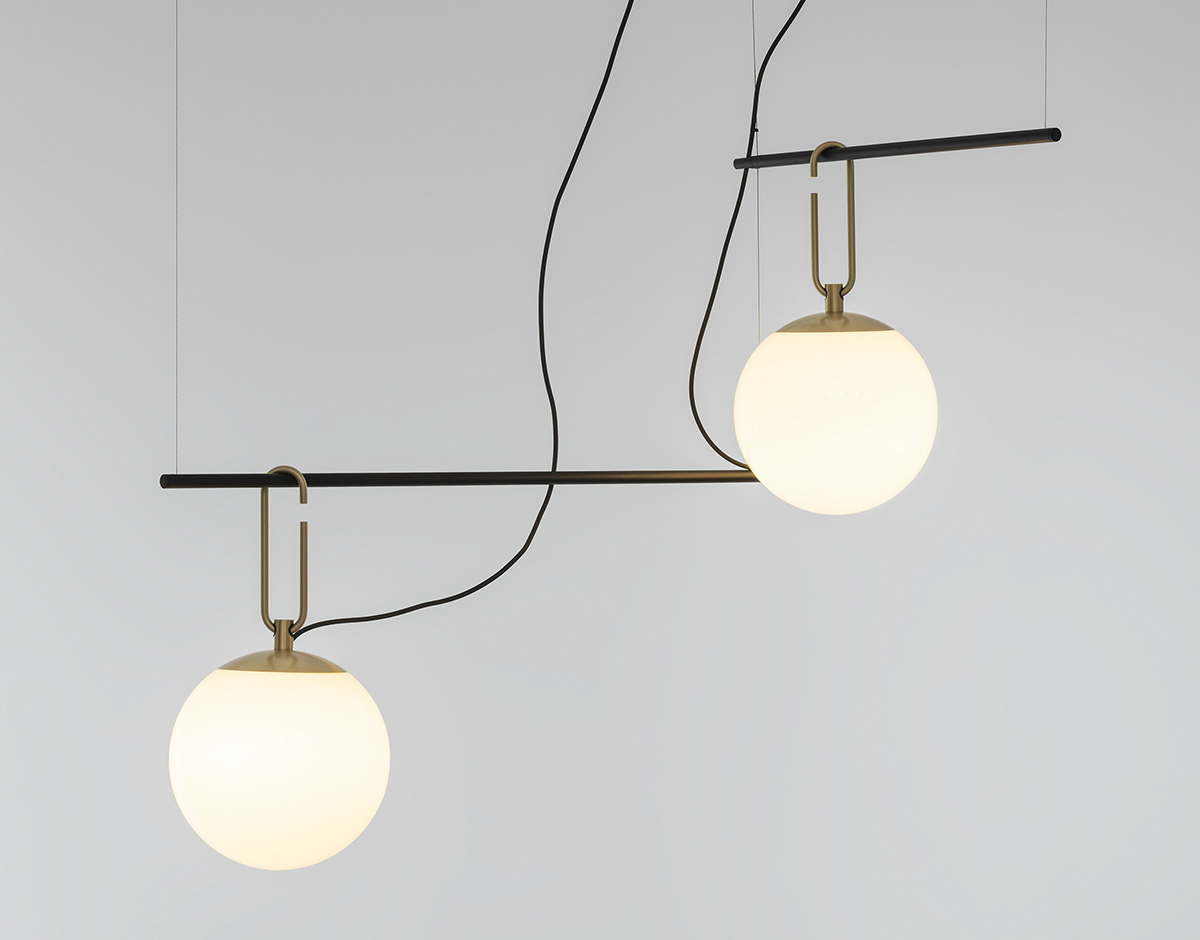 Neri&Hu for Artemide
Neri&Hu for Artemide
It will be interesting to see what will happen moving forward. As you said, we started to realize that these kinds of practices are not sustainable at all. But after months of livestreams, podcasts, and all things digital, we all miss going about to see and touch things. How will the relationship change between individuals and their objects? Will the physicality of our lives and environment change?
NERI: Touch is definitely important. But it’s forcing people to actually come up with stronger narratives to make sure that it’s not just about craft or decorative stuff. I see that product designers are now forced to think more and to write better, as opposed to just relying on a beautiful object. That’s helpful for the product design industry.
Rossana, I remember you told me some time ago that you were working on a project with a local craft workshop and that you’re pairing up designers with local craftsmen to create collectible items. How’s it going?
HU: It started with the Mercedes-Benz and UNESCO Co-Designer Award for Sustainable Livelihoods Project in 2019. I worked with a bamboo weaver in Chi Shui, and we created a multi-functional container together. It was a one-off project. But then I thought of this idea where we want to incorporate designers we know to work on a lot of these lost crafts. We’ve had a lot of conversations with people like Ronan and Erwan Bouroullec and Konstantin Grcic, and they’re all very interested. In the past months, for example, we went to Jingdezhen to see the ceramic workshops, to Yixing to look at purple clay, to Anji to look at bamboo, and to Xiamen to see the lacquering. I’m still gathering more information, and this is going to be a much longer project. We’re not in any rush.
Let’s talk about Stellar Works. Nine United from Denmark has currently taken over the European distribution of the brand’s business and is planning to open showrooms In Europe. Although Stellar Works has been active in the global design fair circuit, as the creative director of the brand, how would you like the Western audience to receive it? What do you want to say with this brand originating from Shanghai?
HU: It’s really important that the DNA of the brand continues to be clarified and communicated in the right way. We would obviously like to continue to have a stronghold on how they showcase the brand, as this is a very crucial period for a young business like Stellar Works, and also Nine United is not involved in the creative process. This is something that hasn’t yet been clarified, but we’re very mindful that the brand identity has just been established.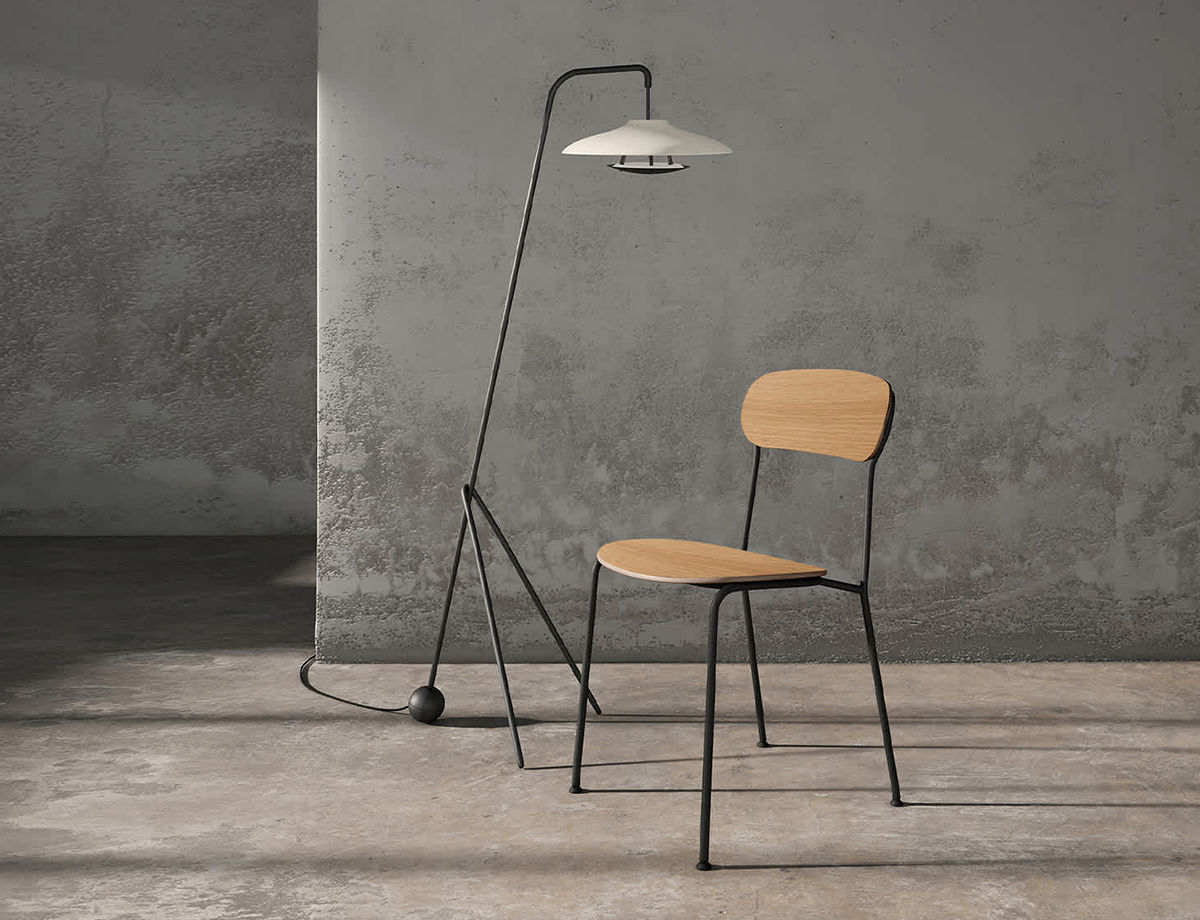
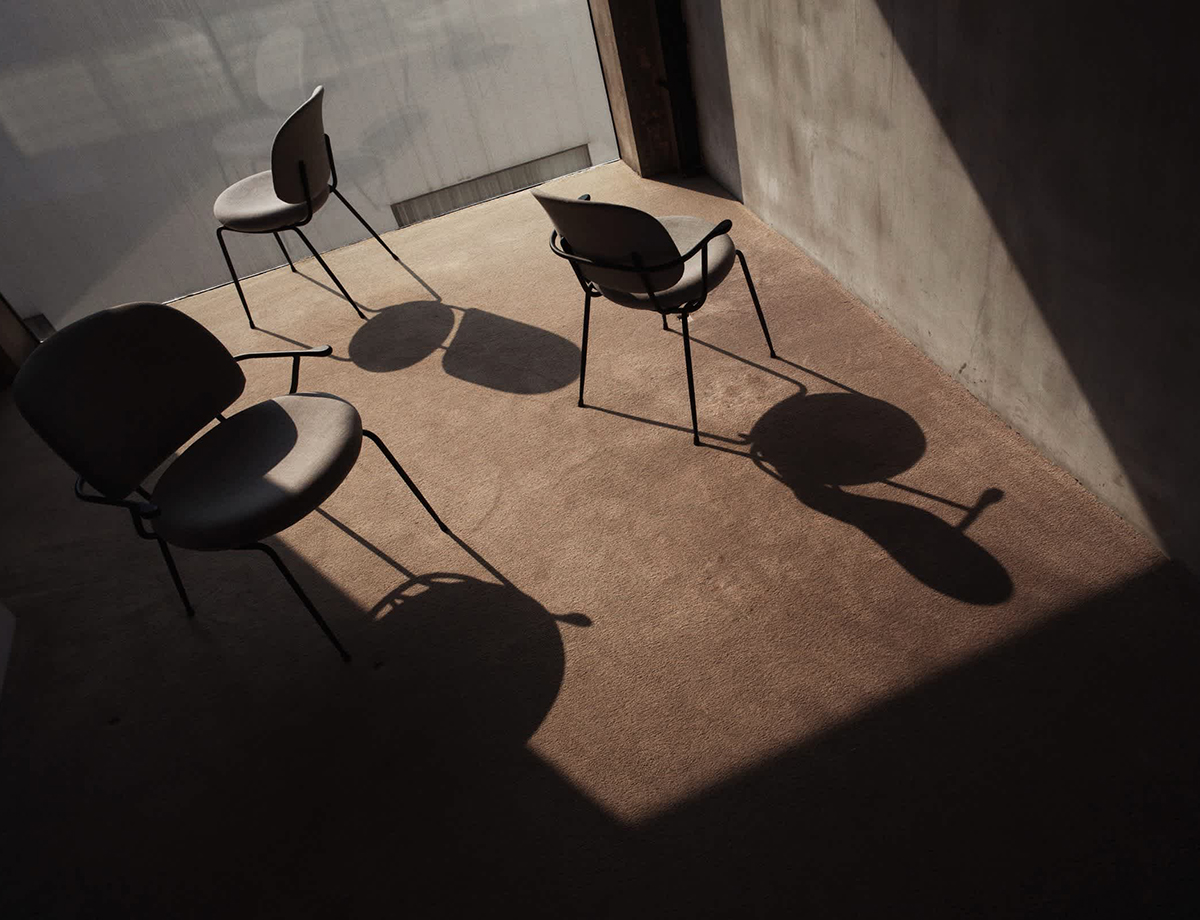 Neri&Hu for Stellar Works
Neri&Hu for Stellar Works
Do you think it’s still difficult for a Western audience to understand what “Made in China” means, and to understand and accept that something coming from this part of the world actually contains design value and quality?
NERI: We actually advised the brand to go from “Made in China” to “Made in Shanghai,” because Shanghai still has this kind of international resonance. Even though it’s a very new city, it’s a confluence of a lot of different influences. Foreigners have come, and it’s known to be a place that is probably the closest to a Chinese melting pot, where you have people from the south and the north, and people are really open-minded here. It’s getting easier to accept because people realize that in this next period of time China is going to become a world power, and its culture will be part of that. Obviously, there’s also a lot of hate. You have Mr. Trump out there who’s always interested in being racist. Unfortunately, we all live in this cultural bubble; there are a lot of people who actually disagree with each other. This kind of situation brings us to the idea that Stellar Works actually needs to be rooted in Shanghai — it’s more than just products; it’s an experience. It’s not just about an object; it’s the idea of culture. It’s a mindset; a period of adventurous exploration of new things. Those are the Shanghai elements to be captured by Stellar Works.
Is it why there’s no other Chinese home-grown brand that is successful enough to export, because they lack the ability to build a complete experience or to translate the culture into contemporary design pieces?
NERI: A lot of Chinese brands are actually, revenue-wise, really big, even bigger than B&B and Cassina. We’ve been approached by a couple of them to help transform and elevate their business. They have all the construction ability and capability; they have the financial means and an amazing distribution network. But their mindset is still, like, “We don’t understand why we’re not respected.” I say, “It’s very easy: You copied too many of other people’s products, or some of the products that aren’t copies are not that significant.” We haven’t said yes to anyone yet, and not having enough time is always a challenge.
And then the question is also, do they have the aspiration, and are they open enough to really change and step up?
NERI: Some of them actually do. One possibility is to create a smaller brand within their brand, so they still make money and have a smaller brand for experimentation and transformation.
This has been a great conversation, where you’ve shared your experience and insights to help people understand what’s going on in China. As you said, there’s still a lot of bias and misconceptions about this part of the world and what’s happening here. This is at least a start.
NERI: The world needs to understand that they have to come to grips with this. If unenlightened people continue with this bias, 10 years will pass by and they won’t know what just happened, and the world will have changed. China will have all the new technologies and new cultural development. It’s not just about money; it’s also about a new cultural interest.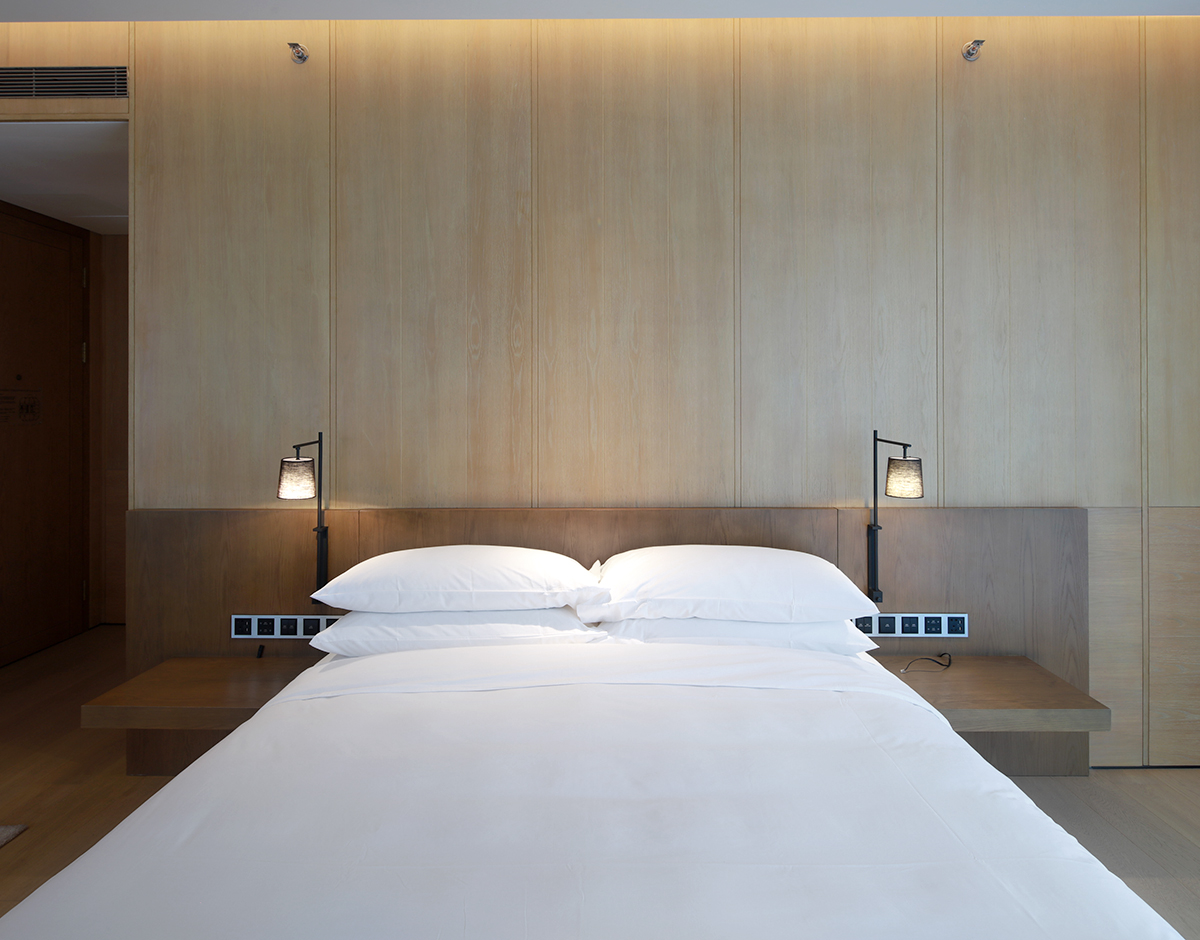
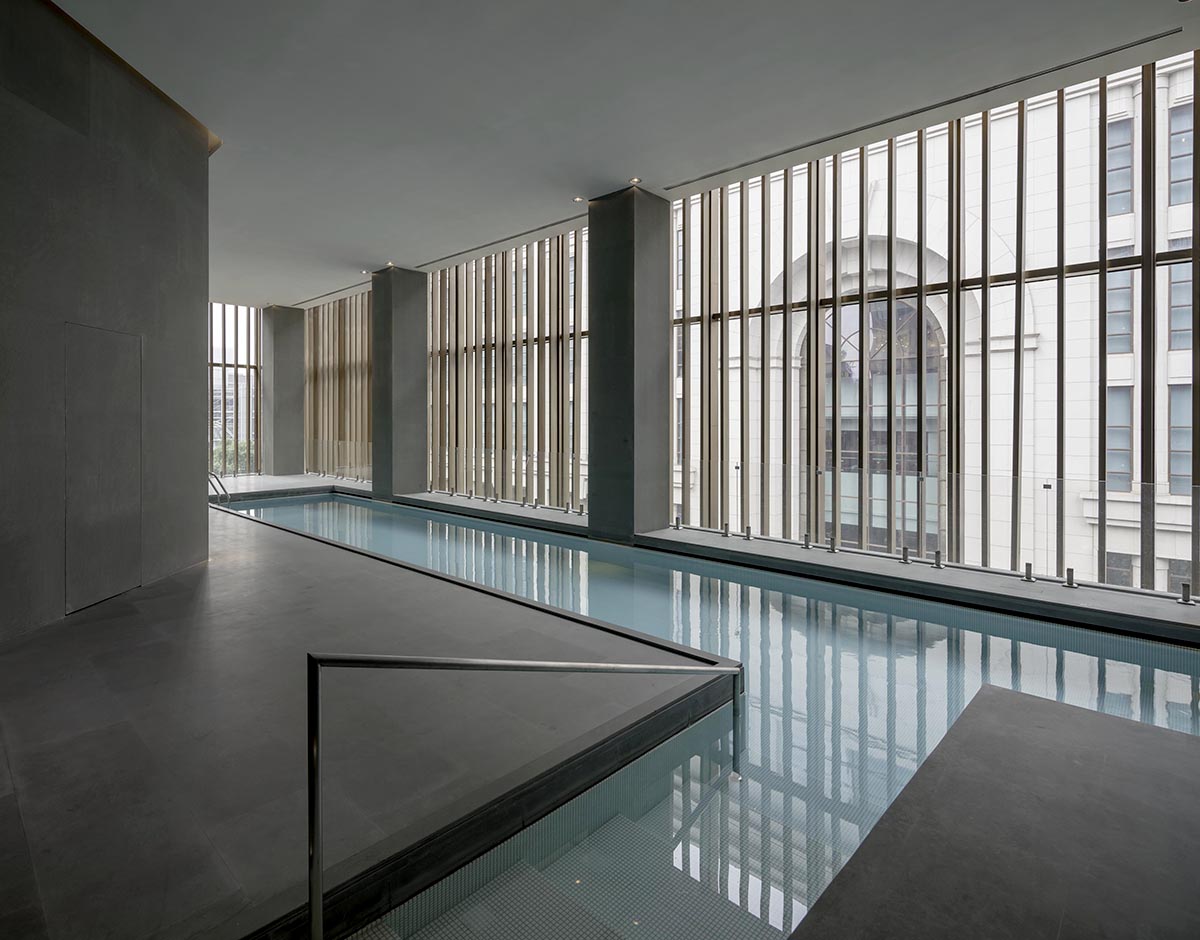
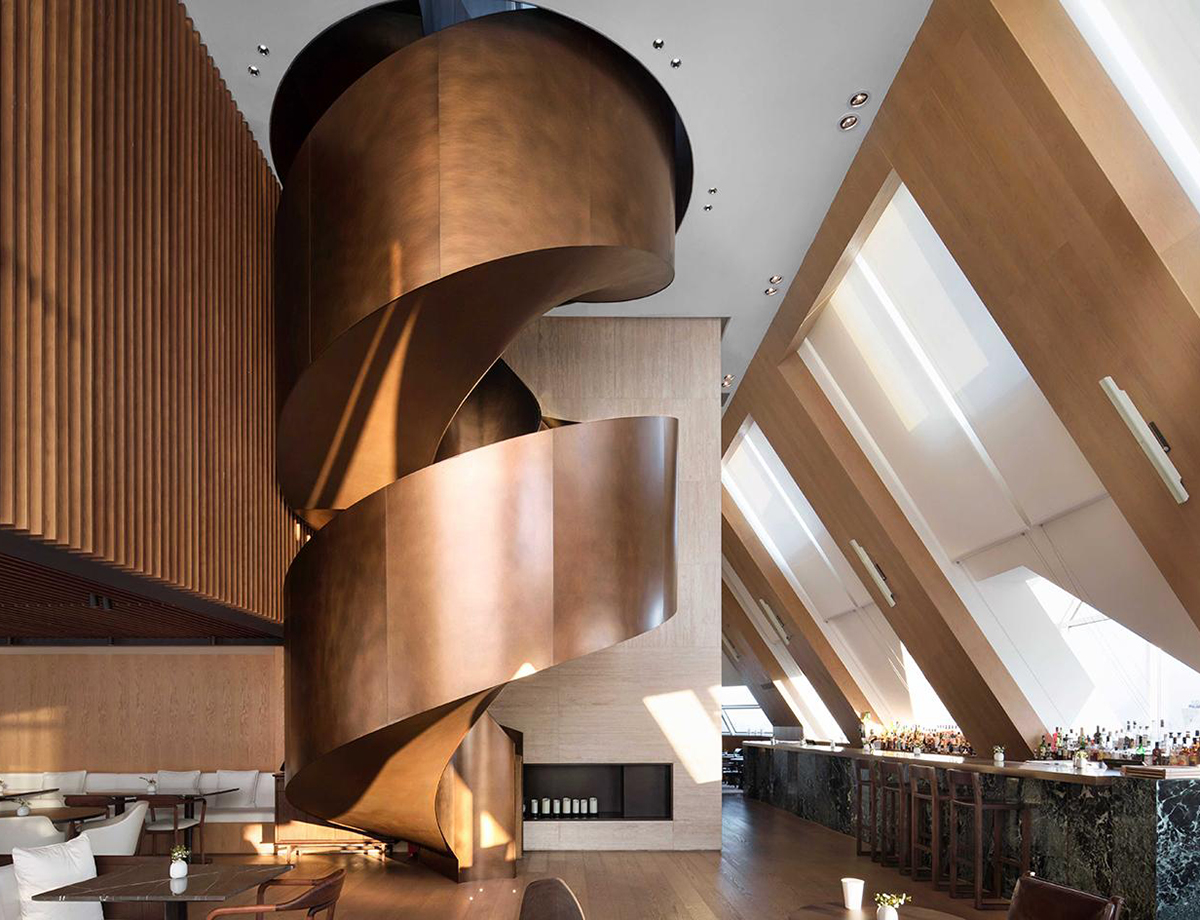 The Shanghai Edition hotel by Neri&Hu
The Shanghai Edition hotel by Neri&Hu
